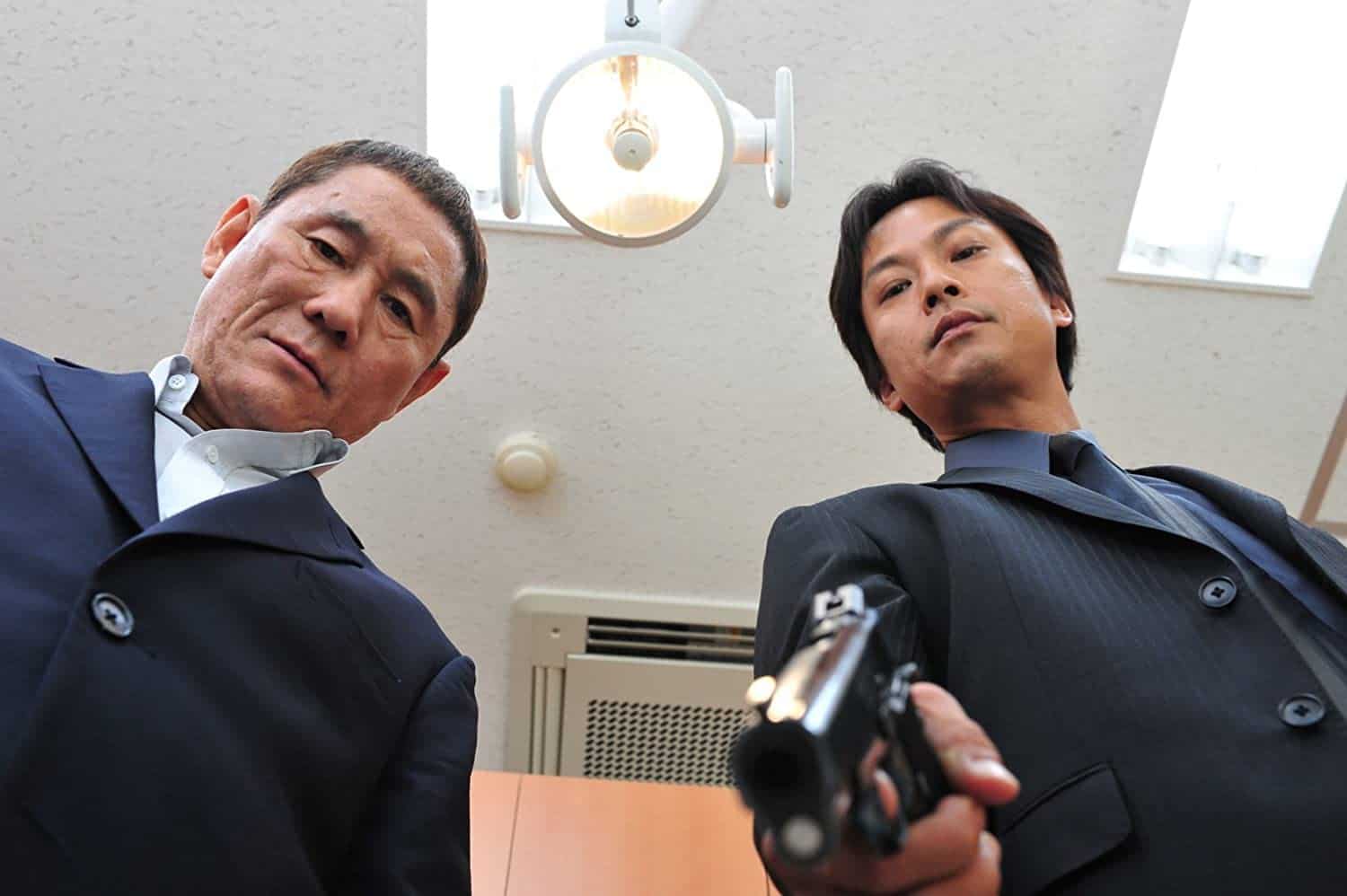Shelly Silver's “A Tiny Place That Is Hard To Touch” premiered at the Forum Expanded Selection of Berlinale Film Festival.
An American woman hires a Japanese woman to translate her interviews about Japan's declining birthrate. She wants to analyze the situation of Japanese women and compare the mechanisms that oppress them with other nations. Having prejudices about the counterpart, they start arguing and her investigation about cultural identity is halted. But the reluctance shifts into lust. As the story drifts from a factual discussion about Japanese society to an erotic tale, the narrator dismisses reality and tells us a fictional dystopia. The frame of the narration opens up, combines past, present, and future.
“A Tiny Place That Is Hard To Touch” appears to me as a radio drama. The storytelling is done by the voice of Saori Tsukada. We never see her, but her voice is unfolding the images in our imagination. She is the only benchmark, the only guidance that we have. While listening to Saori, the viewer is presented with various pillow shots of the Takekawa district in Tokyo, an area circumscribed by the Sumida and Konaki river. This is also where the narrated plot takes place.

In the shots, we can barely see any humans. The only traces of inhabitants are, again, on the auditory level. We hear traffic, children playing and distant chatter. The camera focusses on the rivers and its wildlife and contrasts them with a jungle of grey facades and skyscrapers. It almost feels like Saori's dystopian society, where humanity is nearly extinct. The only survivors are fish, ducks, and turtles.
Addressing this doomsday scenario, the shots, as well as the narration, revolve around the passing of time. Everything has an expiration date. The passing of clouds, the wind between the piers, nature itself is used to illustrate this thought. Led by the humble voice of Saori, the rapt viewer gets hypnotized by the cinematography. Silver proofs that she got an eye for the right framing.
Not only for framing, but also for pace. Because just before the hypnosis changes into snoozing, the framerate intensives and we get dragged in the narrator's chaotic vision. Glitches appear on the screen like errors in the matrix, the scenic view of the canals is disturbed and the signal of the transmission seems to be interrupted. The camera pans around confused and disorientated. The End…

What do I get out of this movie? First of all, this movie gives an interesting insight into the Japanese view of foreigners. In conclusion, the stereotype of the always polite and friendly Japanese is debunked with a much more human character, that has flaws and mood swings like every other human being, too. Second, “A Place That Is Hard To Touch” turns the city into a protagonist on its own. Due to the lack of human protagonists visible on screen and the way our attention is drawn to the environment, Takegawa becomes humanized. Ultimately, Silver manages to present a clever interplay of words and images, that constitutes in the viewer's mind.















